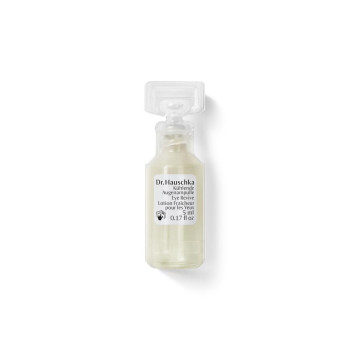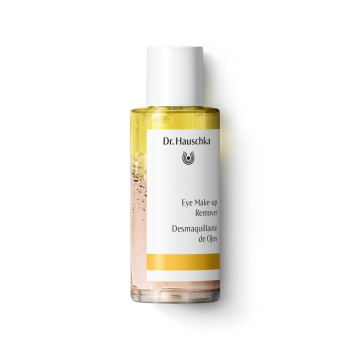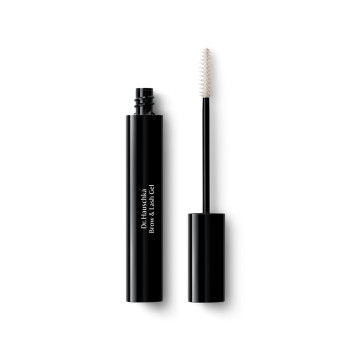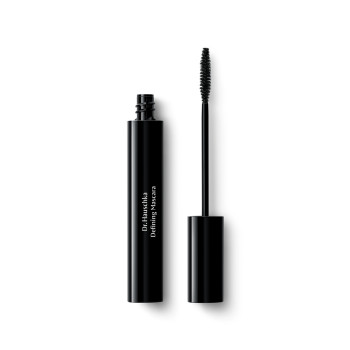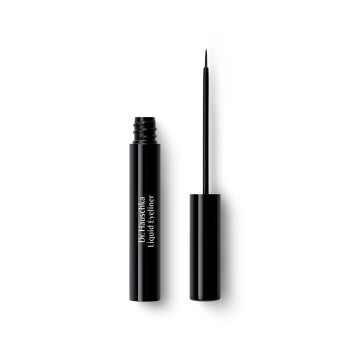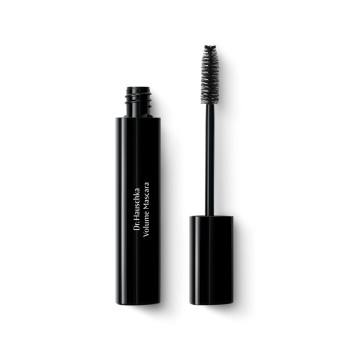
Eyebright
Synonyms: Euphrasia, Eyewort.
Scientific Name: Euphrasia officinalis
Family: Scrophulariaceae (Snapdragon family)
Habitat
Europe, particularly central and southern Germany, Italy, the Balkans, Russia.
Constituents
Aucubin and other iridoid glycosides, lignans, flavonoids, tannins, little essential oil.
Description
This meadow-dwelling annual, which reaches a height of 4-12/10-30 cm, is easily overlooked amidst the sea of summer flowers. At first sight the white to pale violet flowers, which are no more than 0.4/1 cm long, resemble field pansies. With their violet-veined throat and three-lobed lower lip they might also be taken for small orchids. A prominent sign is the bright yellow spot on the lower lip, the shining eye of the flowers which adorn the many branched stems from late summer to autumn. Invisible to the observer are the root suckers with which eyebright draws nourishment from the roots of neighbouring grasses, this semiparasitic behaviour giving it an advantage over the other plants in the crowded meadow.
Interesting Facts
The reason for the scientific name Euphrasia, which comes from the Greek and means gladness or wellbeing, soon becomes clear when you look into the plant's little face: with its bright yellow spot and fine violet veins it does indeed have a joyful countenance.
In the Middle Ages eyebright was burnt as incense to promote clairvoyance.
Farmers don't welcome eyebright on their meadows, which is reflected in some of its German common names such as Wiesenwolf (meadow wolf) or Milchdieb (milk thief). They say that it reduces the grass yield. This probably stems from the fact that, as semiparasite, eyebright draws dissolved minerals from the grasses, which can indeed inhibit their growth.
On the other hand, farmers also use eyebright to predict the weather: if the first flowers appear at the top of the branch, it is said that there will be an early winter.
The plant from another perspective
Eyebright, which drains the mineral-rich sap from its hosts for its own sustenance, is endlessly thirsty and hungry for the sun. It has reduced its metabolic powers, lets itself be nourished by the earth-bound grass and instead puts all its energy into its flowers which it produces in large numbers throughout its entire vegetation period. In this it resembles Rudolf Steiner's nerve-sense system, which he said can develop the powers of sensory perception and thinking because it has reduced its metabolic processes. It thus becomes understandable that eyebright addresses the eye and thereby lives up to its name: it has a harmonizing and calming effect on excessive metabolic-blood processes particularly in the nerve-sense region, hence also in the eye.
The plant in our products
In Dr. Hauschka skin care products the soothing powers of eyebright are found in:
